DropTES Rounds
9th Round: Closed for Applications (Updated on 27 November 2023)
Press Release: New opportunity to conduct microgravity experiments at the Bremen Drop Towers (31 May 2023)
9th Round Schedule
Opened for Application: 31 May 2023, see presentations/recordings of the event from
here
Announcement of Opportunity Webinar:
Wednesday 21 June 2023, see presentations/recordings of the event from
here
Deadline for submitting the Expression of Interest form:
31 August 2023 23:59 Central European Summer Time (CEST, UTC+2)
Deadline for submitting the Application Form:
26 November 2023 23:59 Central European Time (CET, UTC+1)
Announcement of Opportunity Documents
- Announcement of Opportunity (.pdf)
- Expression of Interest form (.docx)
- Application Form (.docx)
- Evaluation Table (.xlsx)
Reference Materials
- Bremen Drop Tower Payload User's Guide Version 1.3 (ZARM website) (Update on 14 September 2023)
- General Information of the Bremen Drop Tower (ZARM website)
- DropTES Webinars (UNOOSA website)
- Webinar Series on Conducting R&D in Hypergravity/Microgravity (UNOOSA website)
Previous Rounds
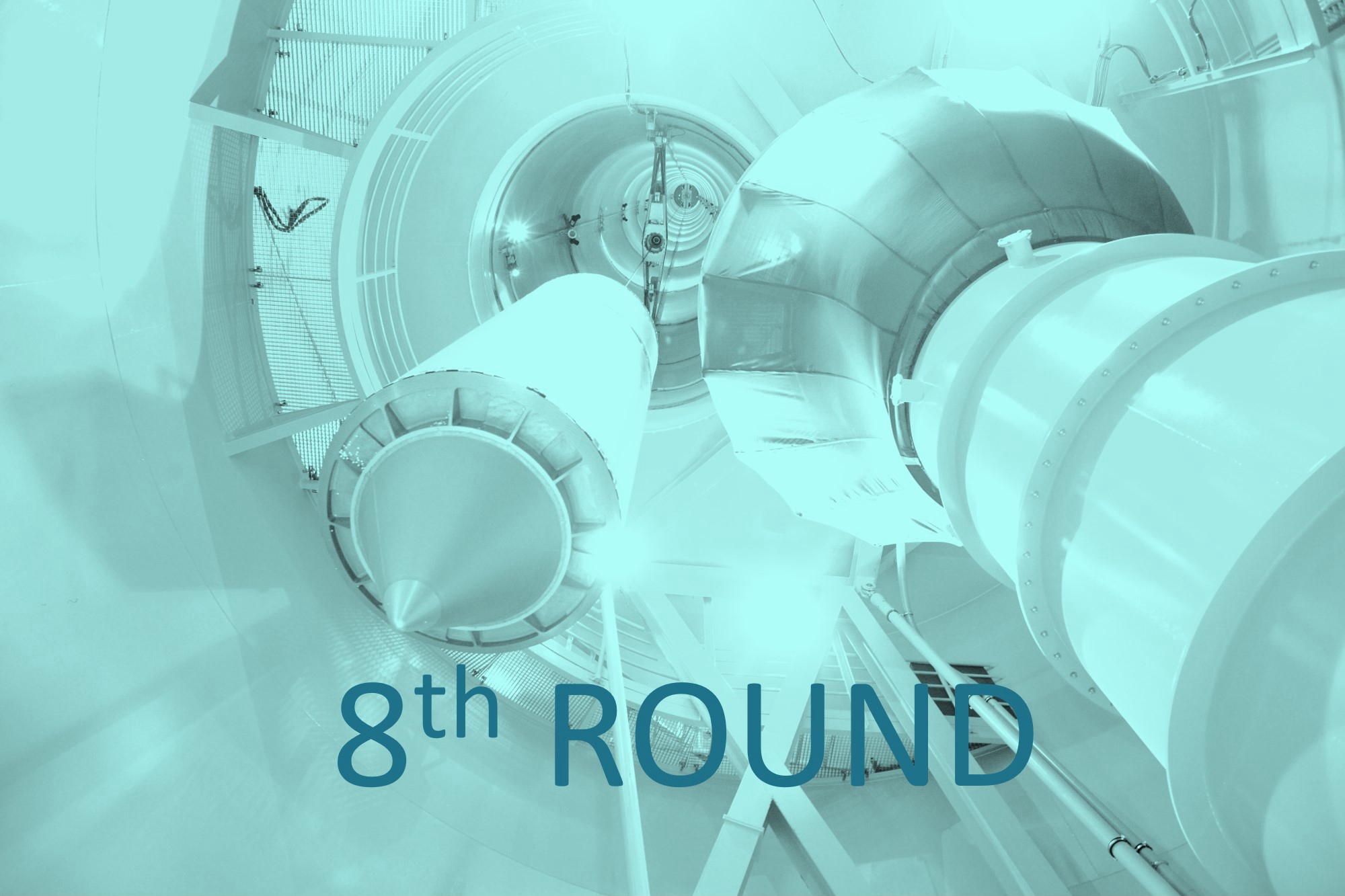
The eighth round opened in 2022, the winner of this round is Universidad de Antioquia. The objective of their experiment is to examine the effects of microgravity on the deposition of tin drops and their properties, as well as the possibility of soldering in space. Research in this area is meant to lead to a more economical and efficient method of manufacturing and repairing in space.
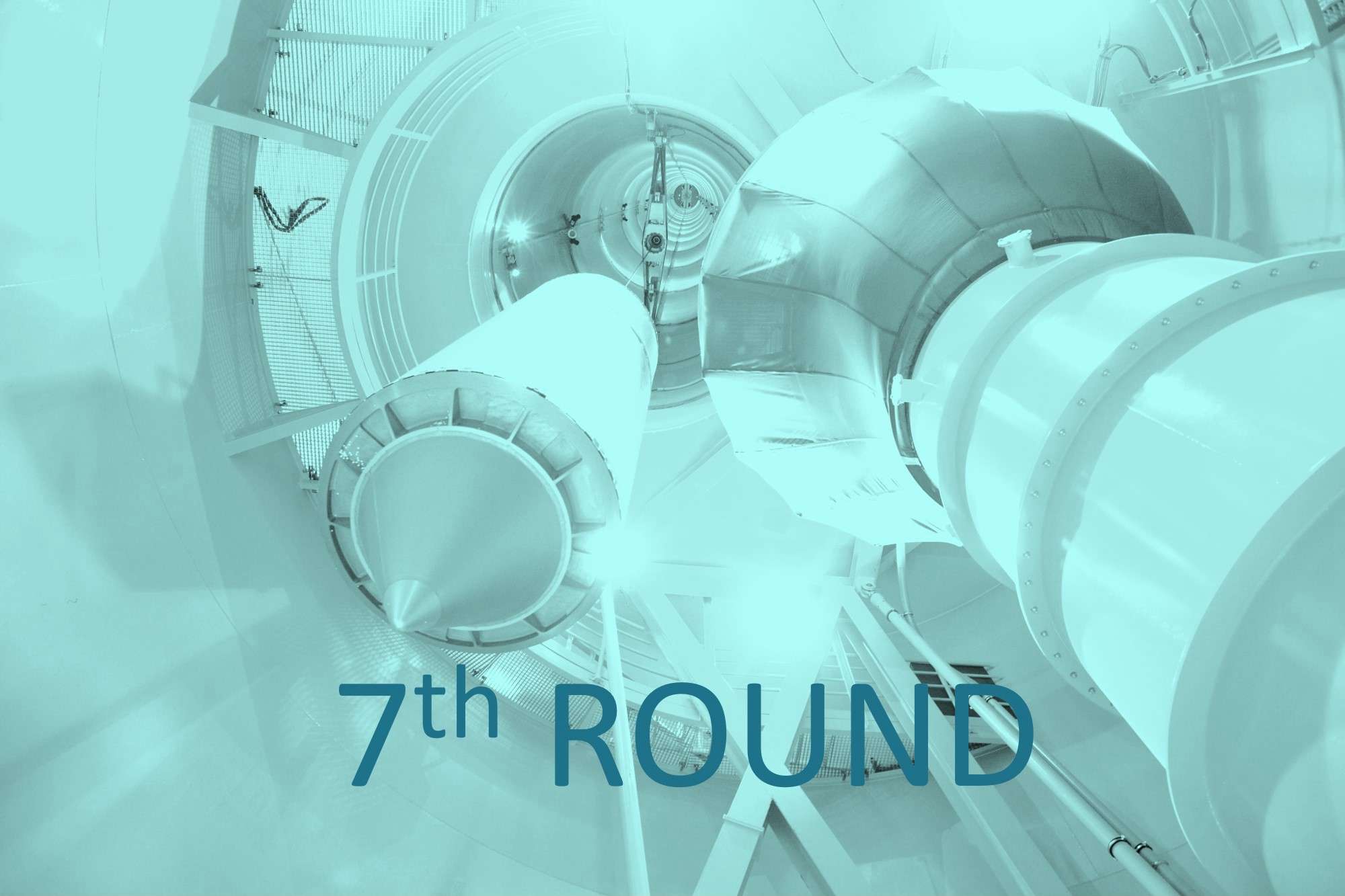
The seventh round opened in 2020, the winner of this round is Universidad Católica Boliviana "San Pablo" team. The objective of their experiment is to determine the 3D printing feasibility under microgravity conditions, measure intra-structure remaining liquid resin after light exposure, and compare manufacturing time, amount of used material while processing the same piece between 2 different approaches.
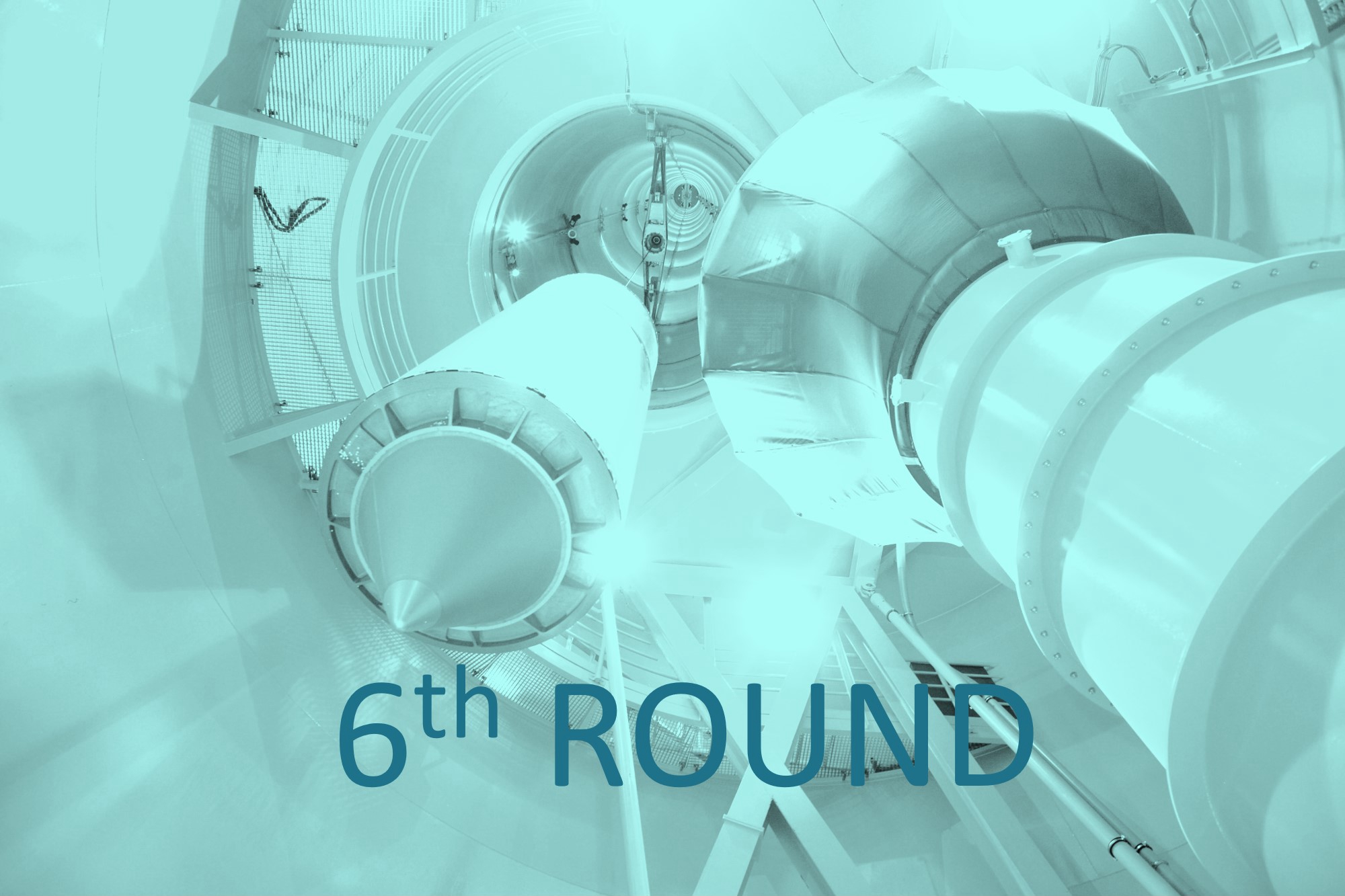
The sixth round opened in 2019, the winner of this round is Politecnico de Milano "Polimi" team. The objective of their experiment is to analyze the lateral sloshing of a ferrofluid solution in low gravity with the aim of measuring its oscillation frequency while subjected to different magnetic field intensities.
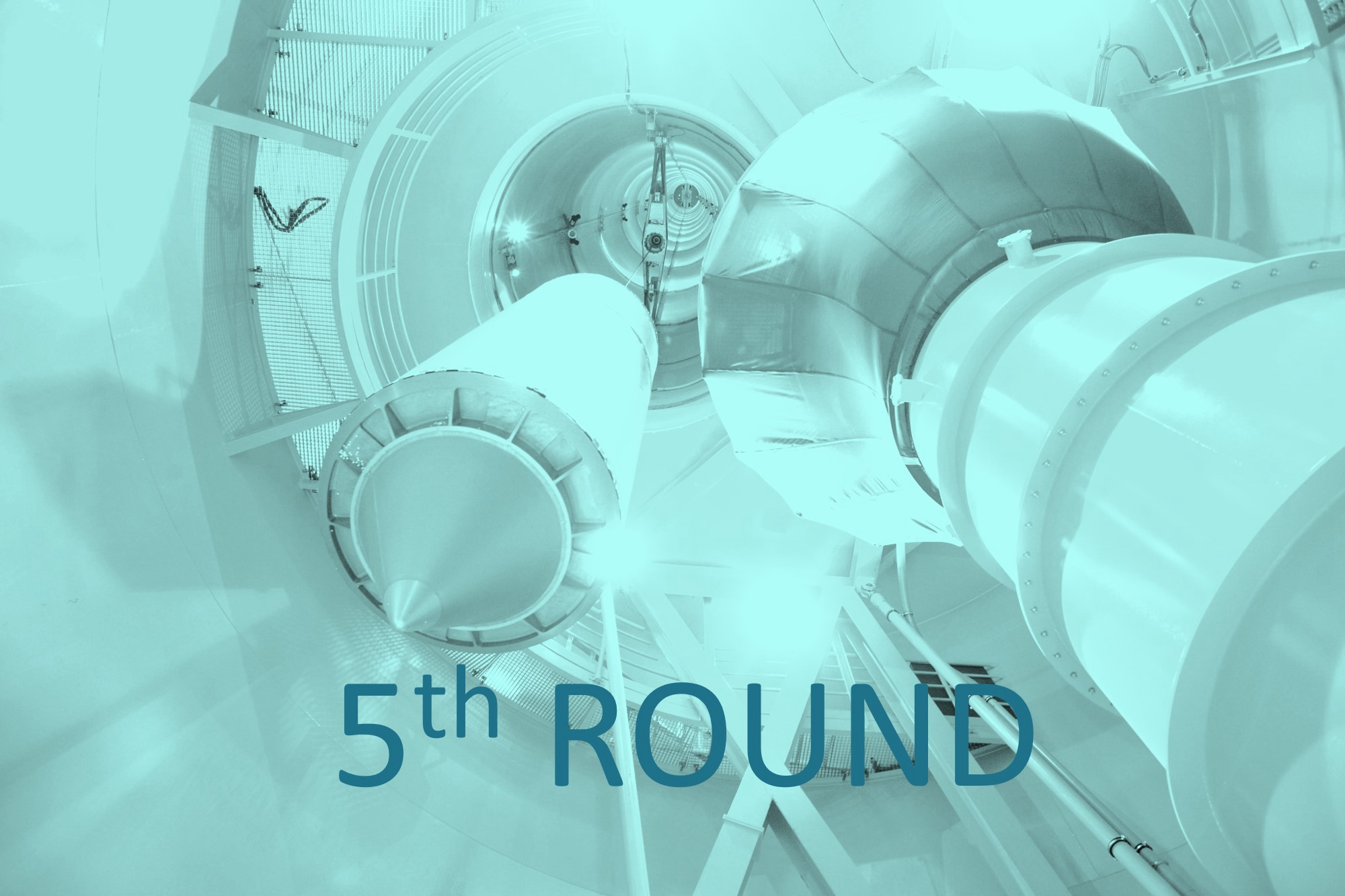
The fifth round opened in 2018, the winner of this round is University of Bucharest and Politehnica University of Bucharest. The objective of their experiment is to expose medicine droplets containing aqueous chlorpromazine (CPZ) solution to both laser radiation and microgravity conditions.
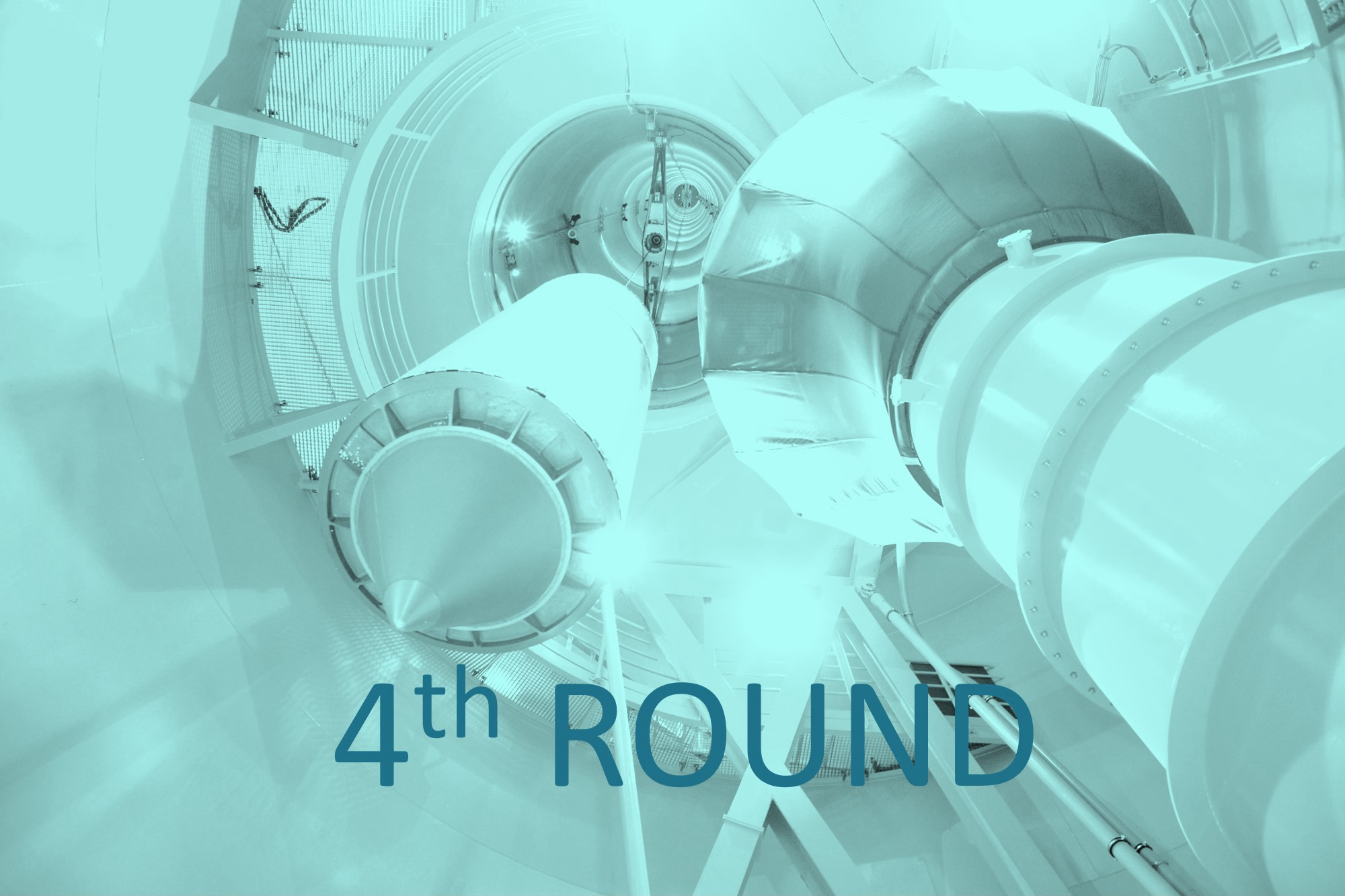
The fourth round opened in 2017, the winner of this round is the Warsaw University of Technology. The objective of their experiment is to verify, in vacuum and microgravity conditions, the deployment of the deorbit sail system on their two-unit CubeSat called "PW-Sat2".
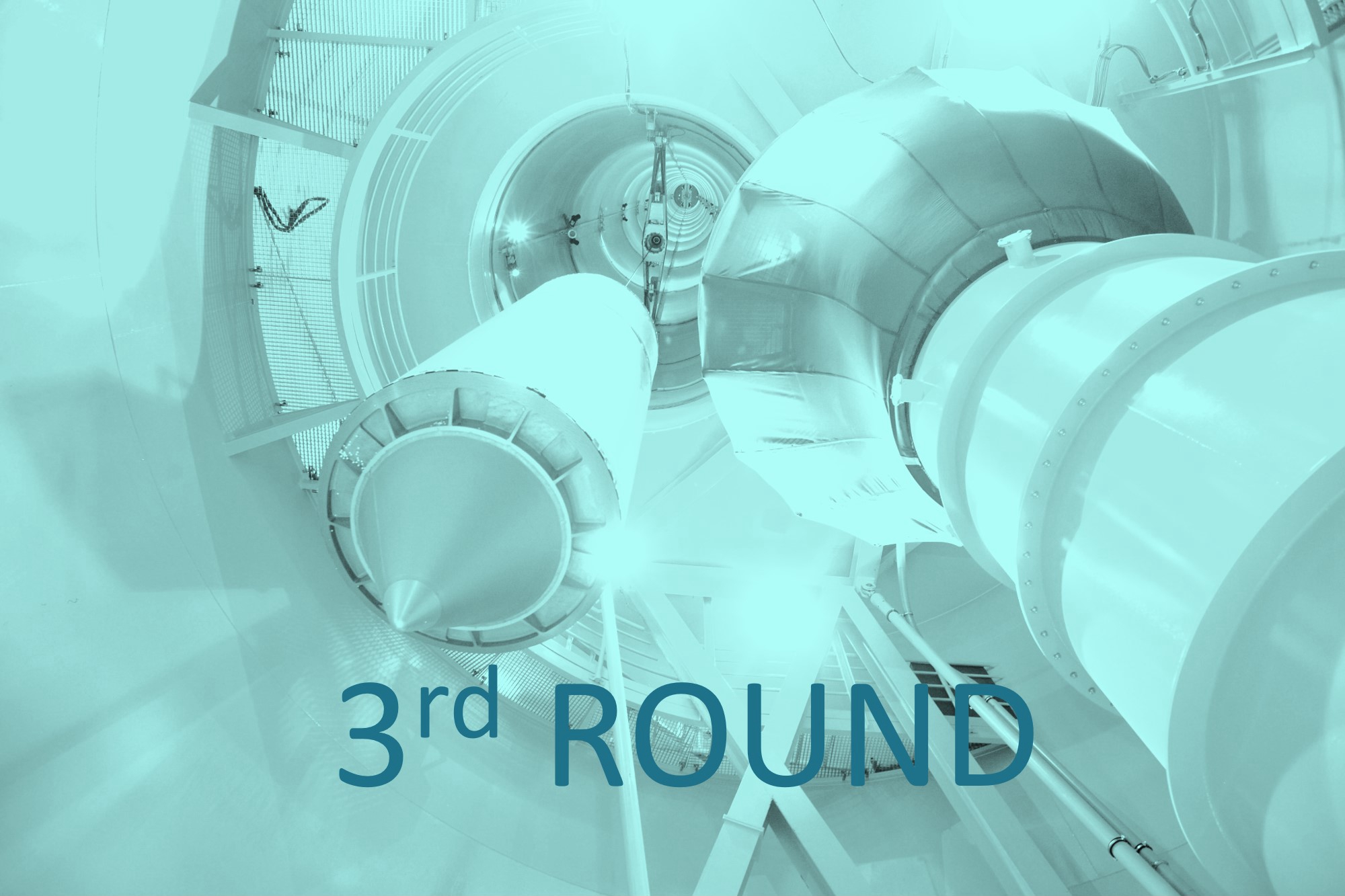
The third round opened in 2016, the winner of this round is Instituto Tecnólogico de Costa Rica and Universidad de Costa Rica. The objective of their experiment is to expand the technical knowledge and information on the behaviour of a reduced-scale robotic arm manipulator such as dynamics, motion, and control under microgravity conditions.
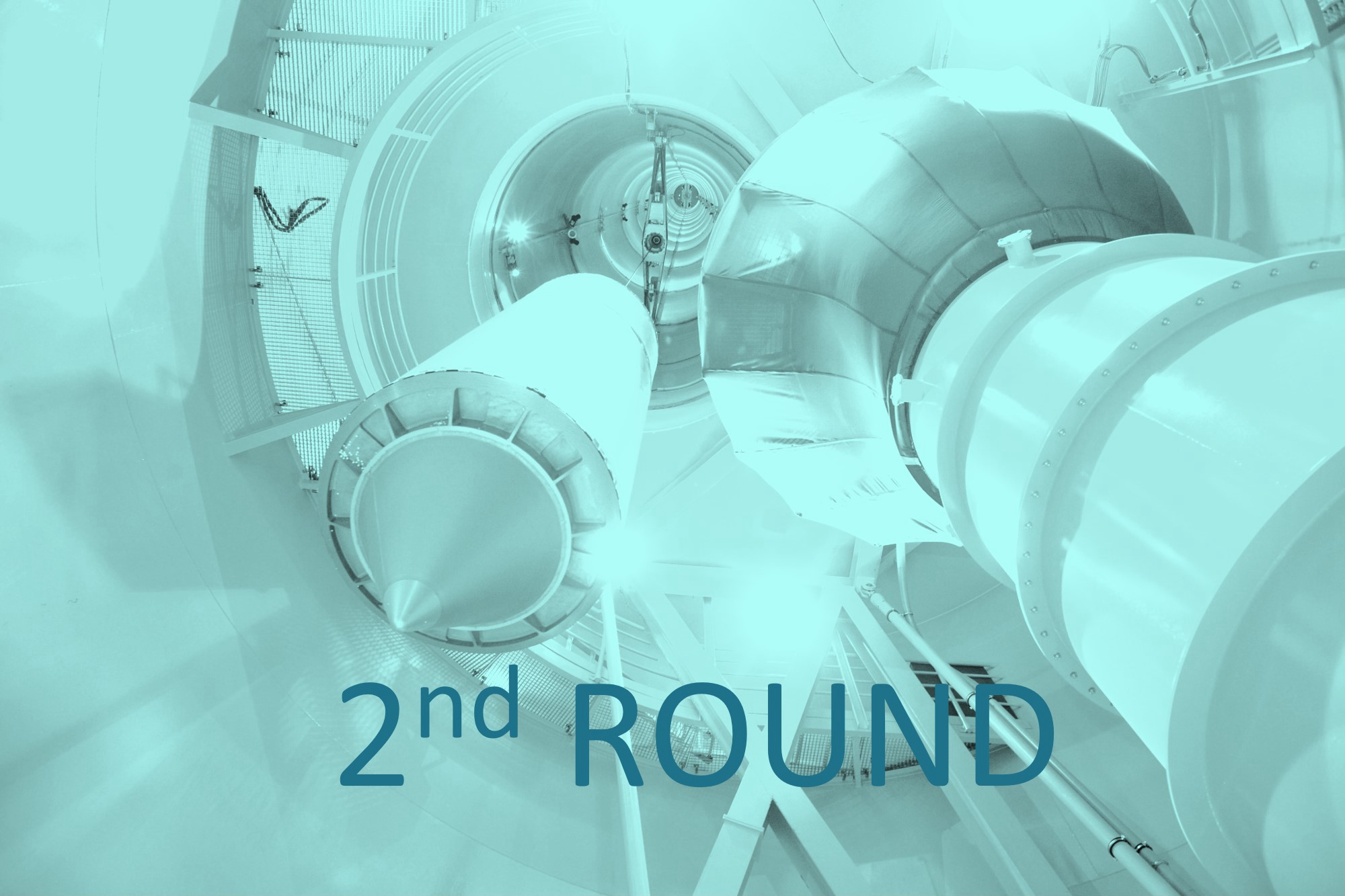
The second round opened in 2015, the winner of this round is Universidad CatólicaBoliviana. The objective of their experiment is to examine and evaluate the property of an alloy of Nickel and Titanium "Nitinol" under the microgravity environment
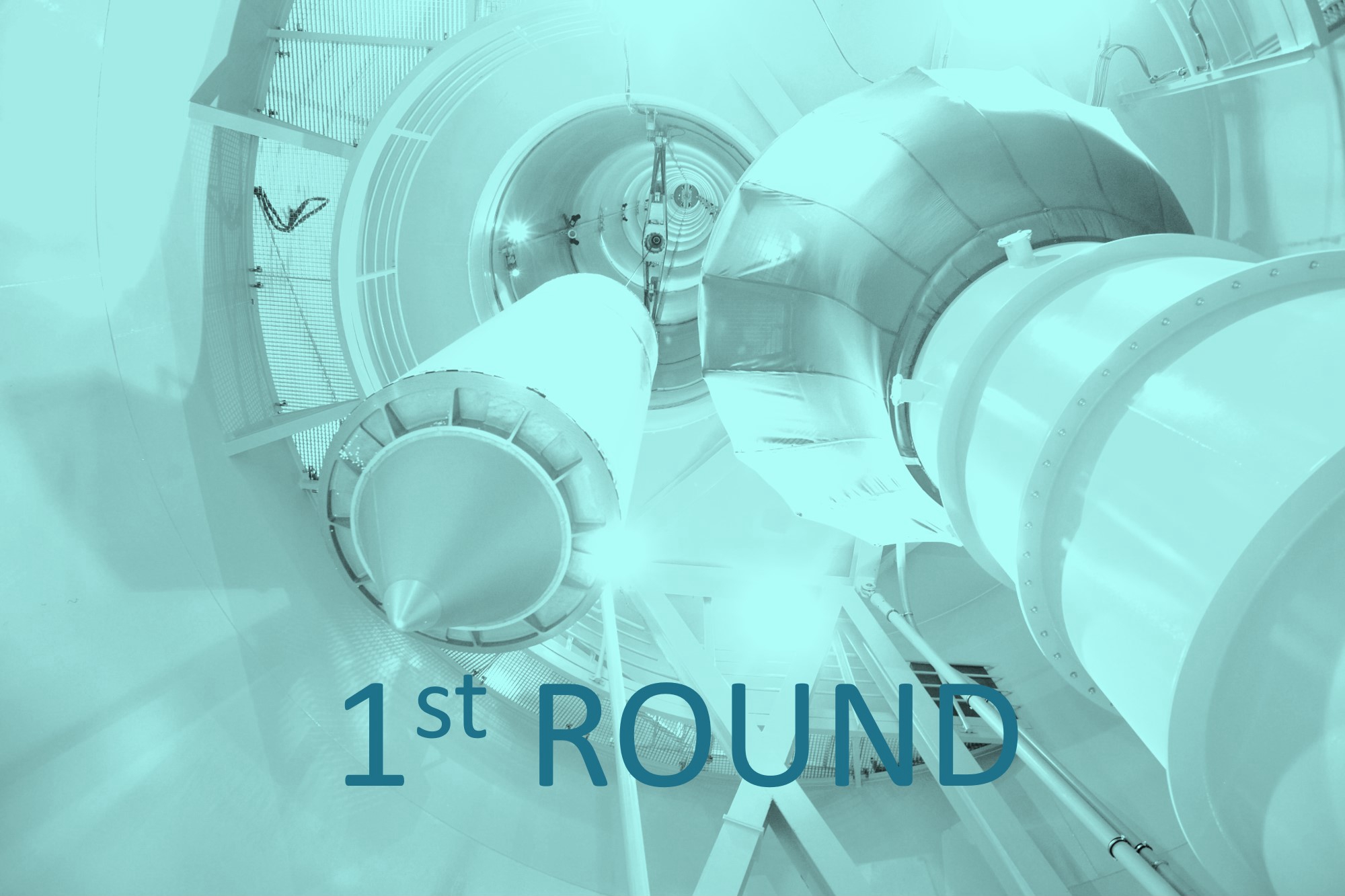
The first round opened in 2014, the winner of this round is German Jordanian University (Jordan). The objective of their experiment is to investigate the stability of tether dynamics for satellites with electromagnetic tether systems using a Tilger, a mass damper.